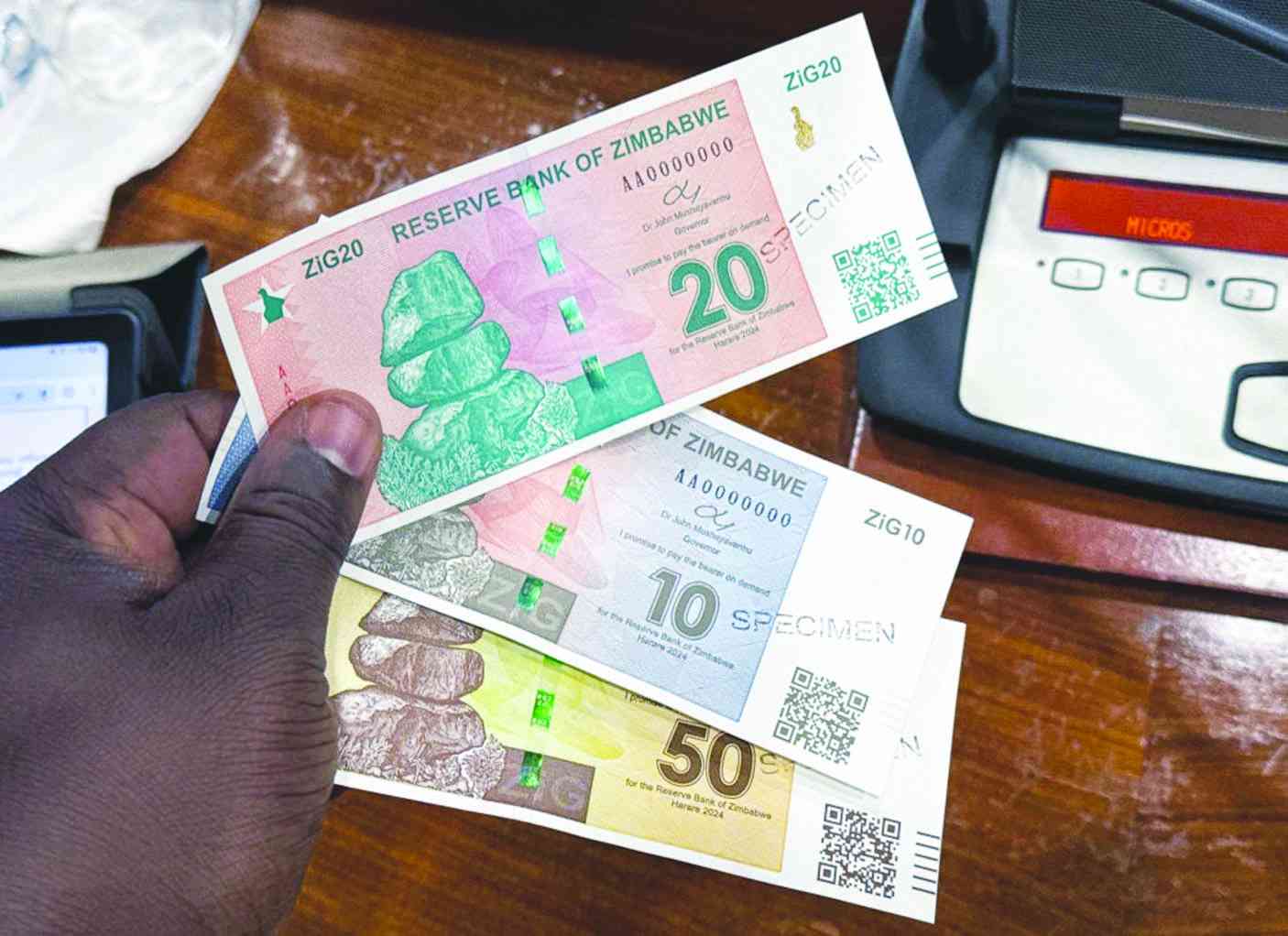
FINANCIAL analysts warned that the recent reduction of the foreign currency export retention threshold by 5% will have a punitive effect on exporters, who are already struggling amid a severe forex crisis.
Reserve Bank of Zimbabwe (RBZ) governor John Mushayavanhu lowered the retention threshold from 75% to 70% in his Monetary Policy Statement (MPS) released last week.
Exporters had been advocating for a 100% retention rate, arguing that high export surrender requirements made it difficult to access foreign currency for critical expenditures and to finance their operations.
Many exporters rely heavily on retained foreign currency to import raw materials, pay foreign suppliers, and service external debts.
Despite these concerns, the RBZ maintained that the adjustment was necessary to stabilise the economy and support the Zimbabwe Gold (ZiG) currency.
The central bank emphasised that the policy aimed to ensure adequate forex reserves to back the ZiG and maintain its value in the face of economic uncertainties.
However, analysts have raised concerns that the policy could discourage export growth, making it increasingly difficult for businesses to remain competitive in global markets.
They also warned that the reduced retention threshold could lead to a decline in export volumes, ultimately impacting the country’s foreign currency earnings.
- Zimpraise to release album Number 13
- Hyperinflation headache for accountants
- Zimpraise to release album Number 13
- Hyperinflation headache for accountants
Keep Reading
“New regulations on surrender requirements will likely provide headwinds for export-facing companies such as miners, with the sector requiring intensive re-investment for business continuity,” financial services firm Inter Horizon (IH) Securities said in its analysis of the 2025 MPS.
“Whilst 2025 will likely be another year of navigating through regulatory and monetary uncertainty, in our view, the tight liquidity environment has depressed valuations in real terms on the ZSE (Zimbabwe Stock Exchange) presenting opportunistic buying opportunities.”
It added that timing the liquidity cycles of the market would be necessary to optimise returns.
Another financial services provider, FBC Securities, also had reservations.
“Reducing the foreign currency retention threshold from 75% to 70% implies that exporters will now, in exchange for local currency, have to surrender 30% of their foreign currency receipts to the government (via the central bank), instead of the 25% previously required,” it said.
“The new measure creates foreign currency liquidity for the government, which can be channelled to critical economic sectors such as health, energy, and humanitarian assistance.
“Nonetheless, most exporters use imported raw materials in their respective production processes, and this reduction in foreign currency may strain working capital resources.”
FBC Securities said the obtaining foreign exchange rate premium between the official and alternative was around 35%, hence, accessing ZiG at a discounted rate would impact the earning capacity of exporting firms.
“Maintaining a contractionary stance is necessary to anchor inflationary pressures and exchange rate volatility,” FBC Securities noted.
“Aggressive inflation control measures may dampen demand and slow growth. A focus on inflation targeting often means that short term growth is sacrificed for long term stability.”
How the RBZ navigates this terrain will determine whether growth slows to a grinding halt, something which some analysts argue is already happening.
The Confederation of Zimbabwe Retailers noted that the reduction of the foreign currency retention threshold posed significant challenges for the retail and wholesale sector, particularly in terms of supply chain stability and pricing.
“Exporters, who also supply goods to local formal retailers and wholesalers, rely heavily on foreign currency for key inputs in their various fields,” it said.
“With reduced forex retention, these exporters may struggle to meet their USD-denominated expenses, leading to higher production costs and possibly further dollarising supply chains.”
CZR has continuously pleaded with the government for full exchange rate liberalisation, allowing market forces to determine the value of the ZiG without excessive RBZ intervention.
“While the removal of weekly forex trading limits is a step in the right direction, it remains a partial measure,” it said.
“The RBZ still exerts significant control over forex supply, preventing the full realisation of market-driven exchange rates.
“CZR once again appeals to the government to fully liberalise the exchange rate to enhance forex accessibility, stabilise pricing, and eliminate distortions in the market.”
Without such reforms, CZR said businesses would continue to struggle with foreign currency constraints, the dollarisation of supply chains, and restricted growth opportunities.
The central bank reported that the total holdings of gold and foreign reserves have increased by 87%, rising from US$285 million in April 2024 to approximately US$550 million.
However, these figures pale in comparison to the informal sector’s revenue, which generates a monthly average of US$1,18 billion, according to RBZ statistics.
They also fall short when compared to the estimated US$2,5 billion in cash that the bank believes is circulating in the informal sector at any given time.
Hence, with reserves at US$550 million and the informal sector accounting for about 70% of the economy, the ZiG remains a fledgling currency.
This is why market analysts and retailers have cautioned that the RBZ’s hawkish policies, aimed at protecting the ZiG’s value, could lead to capital constraints and worsen an already severe liquidity crunch.











